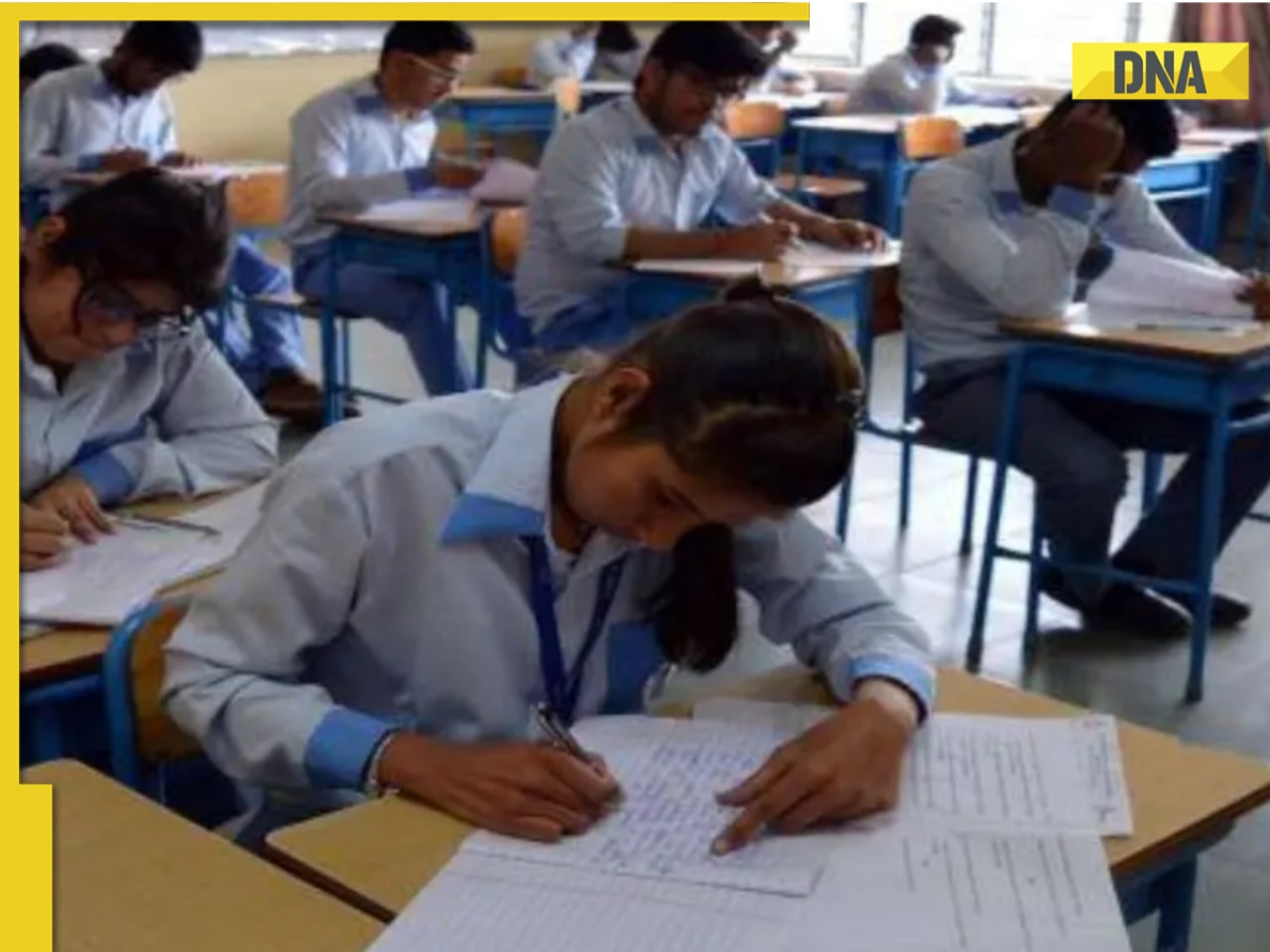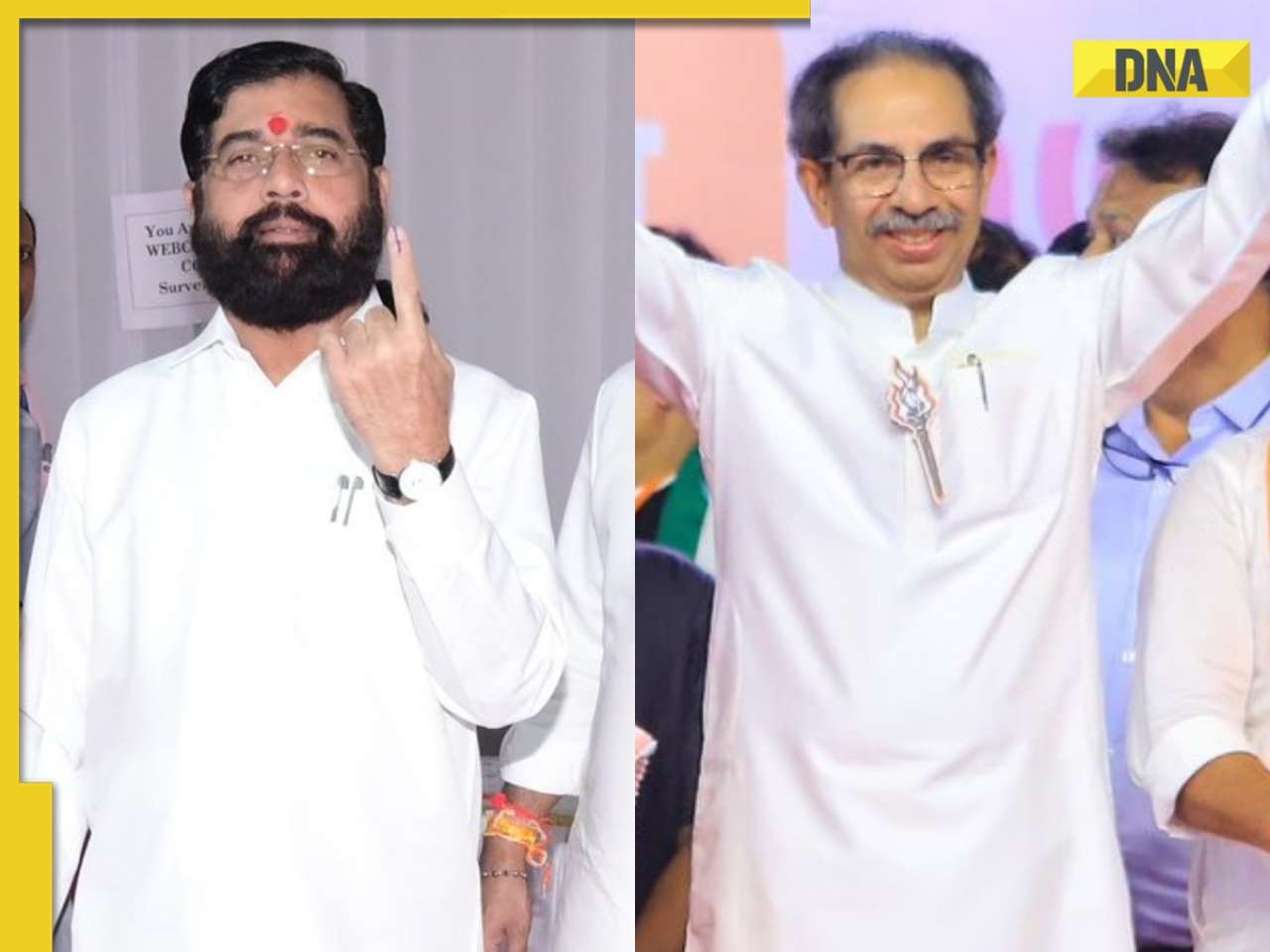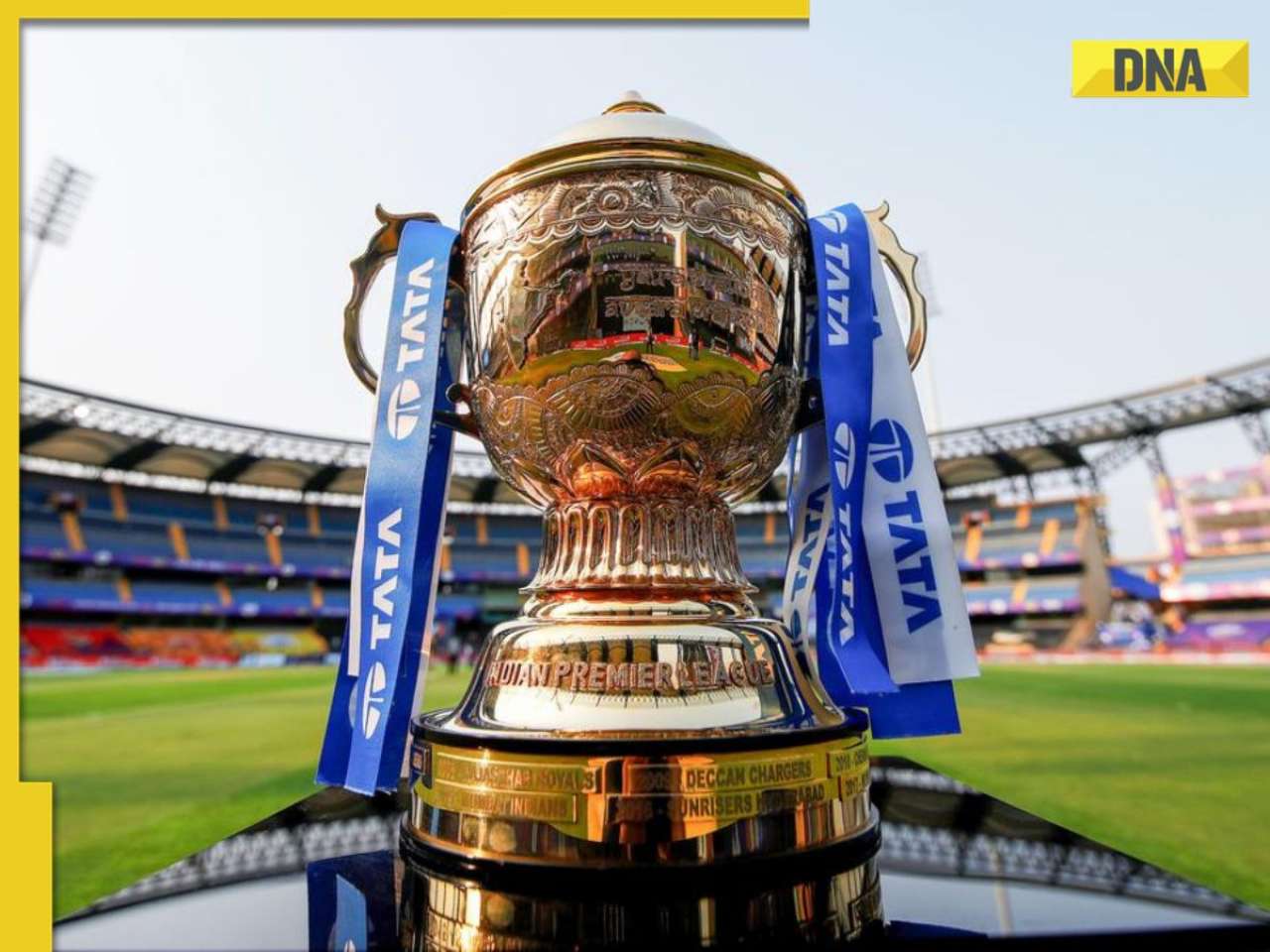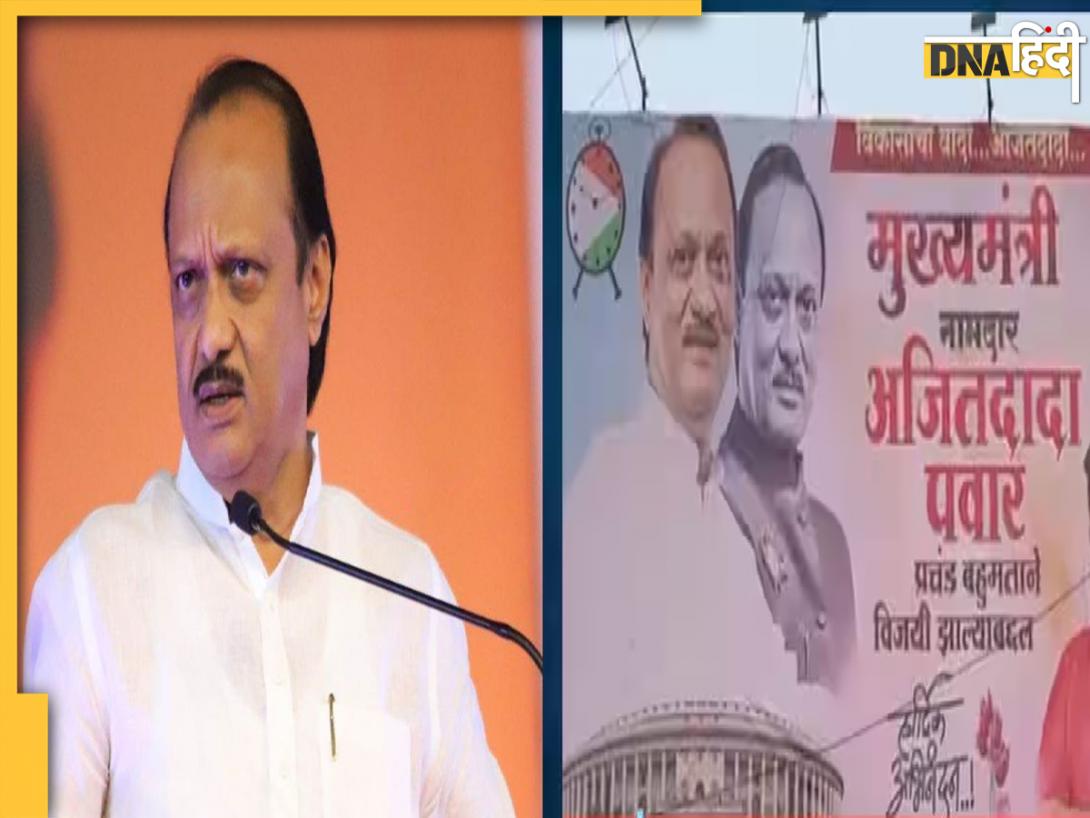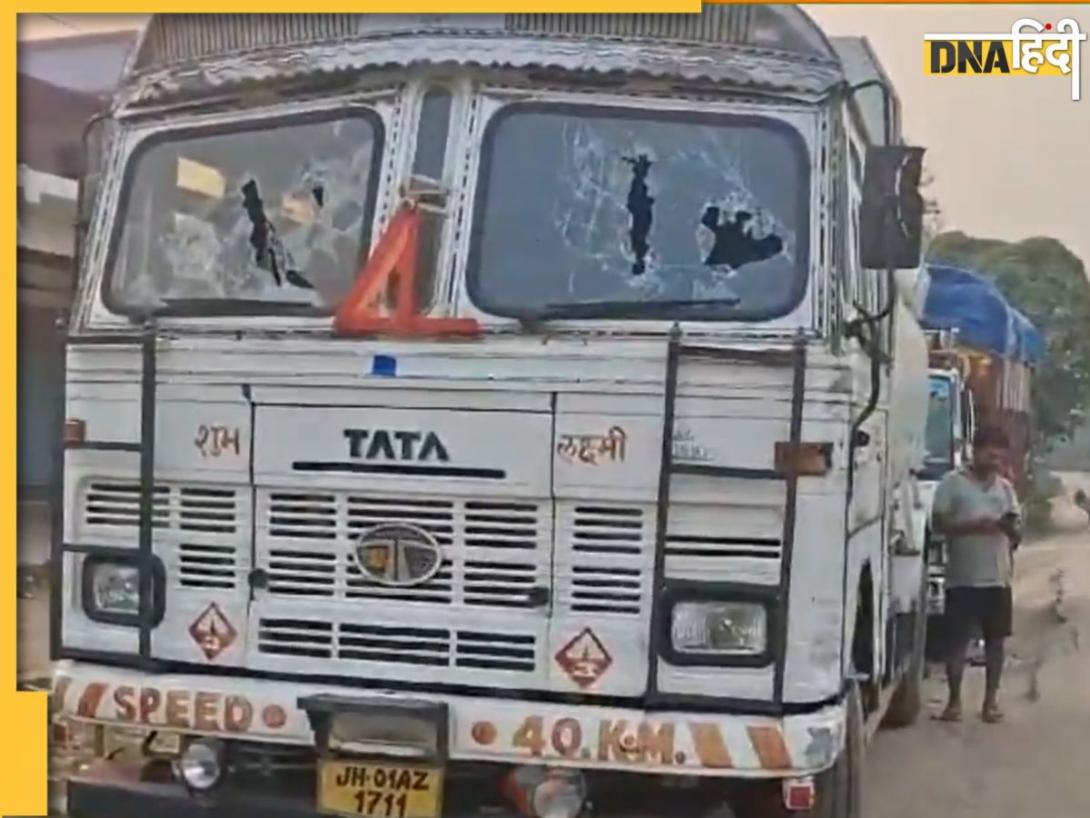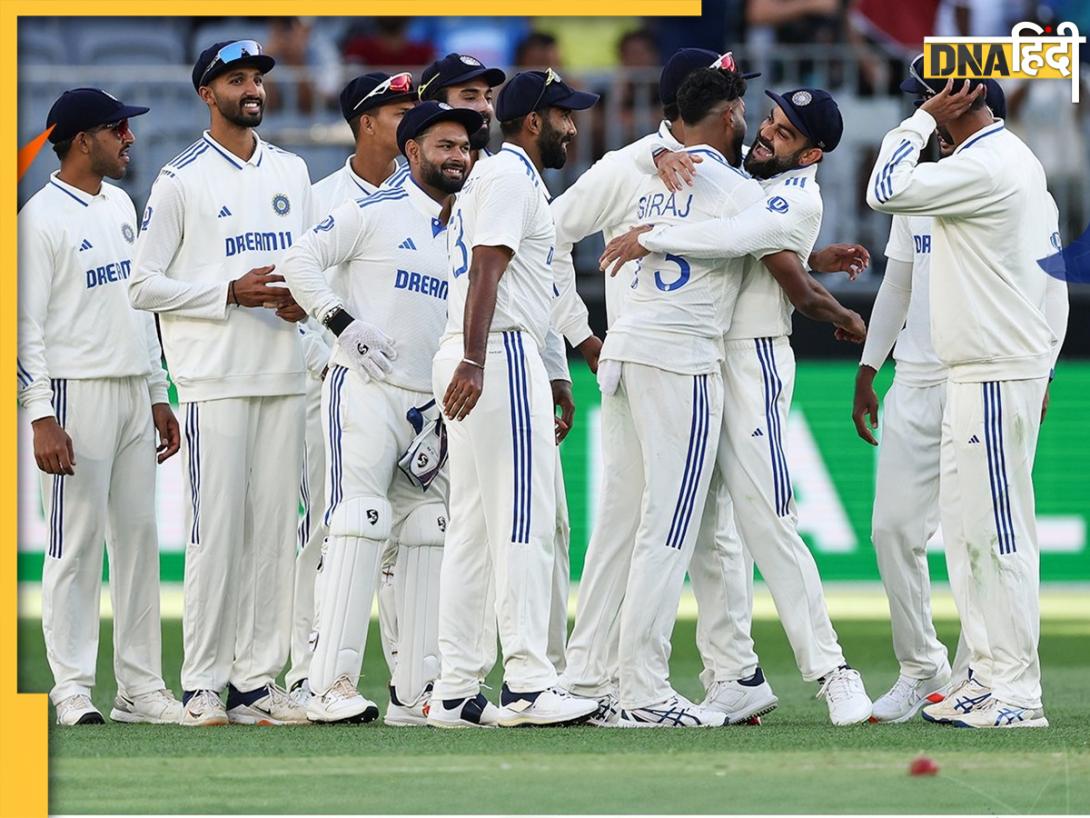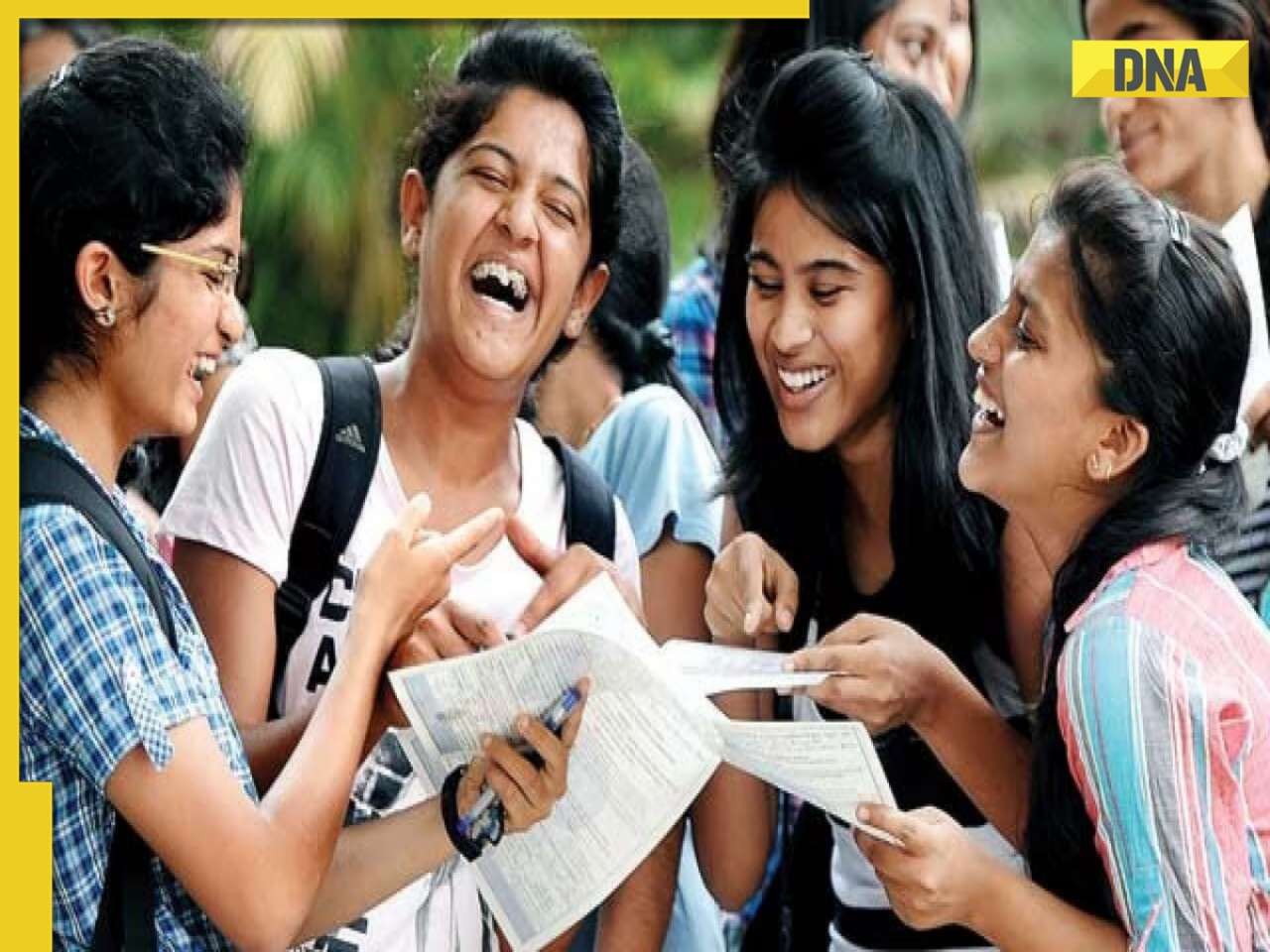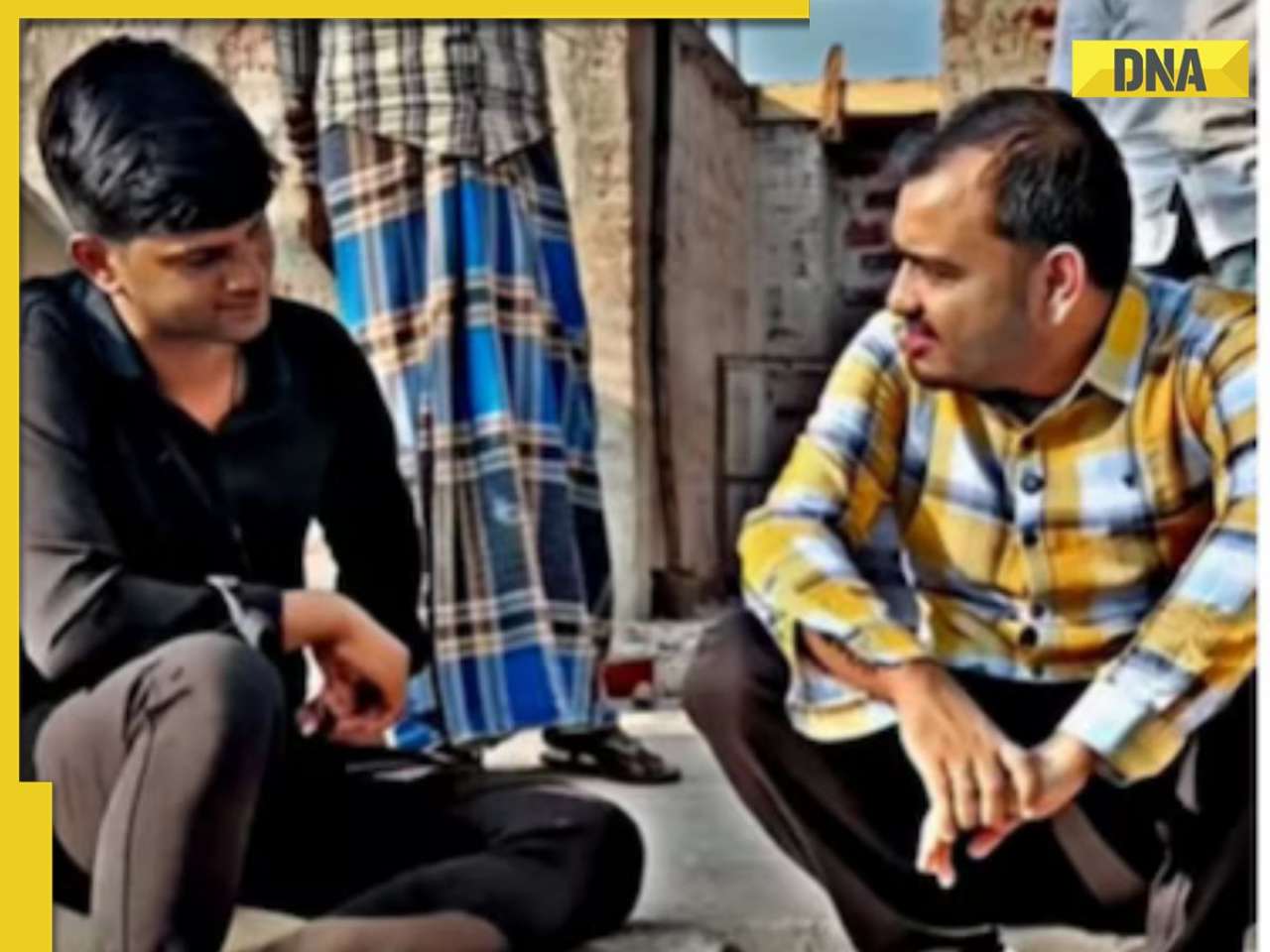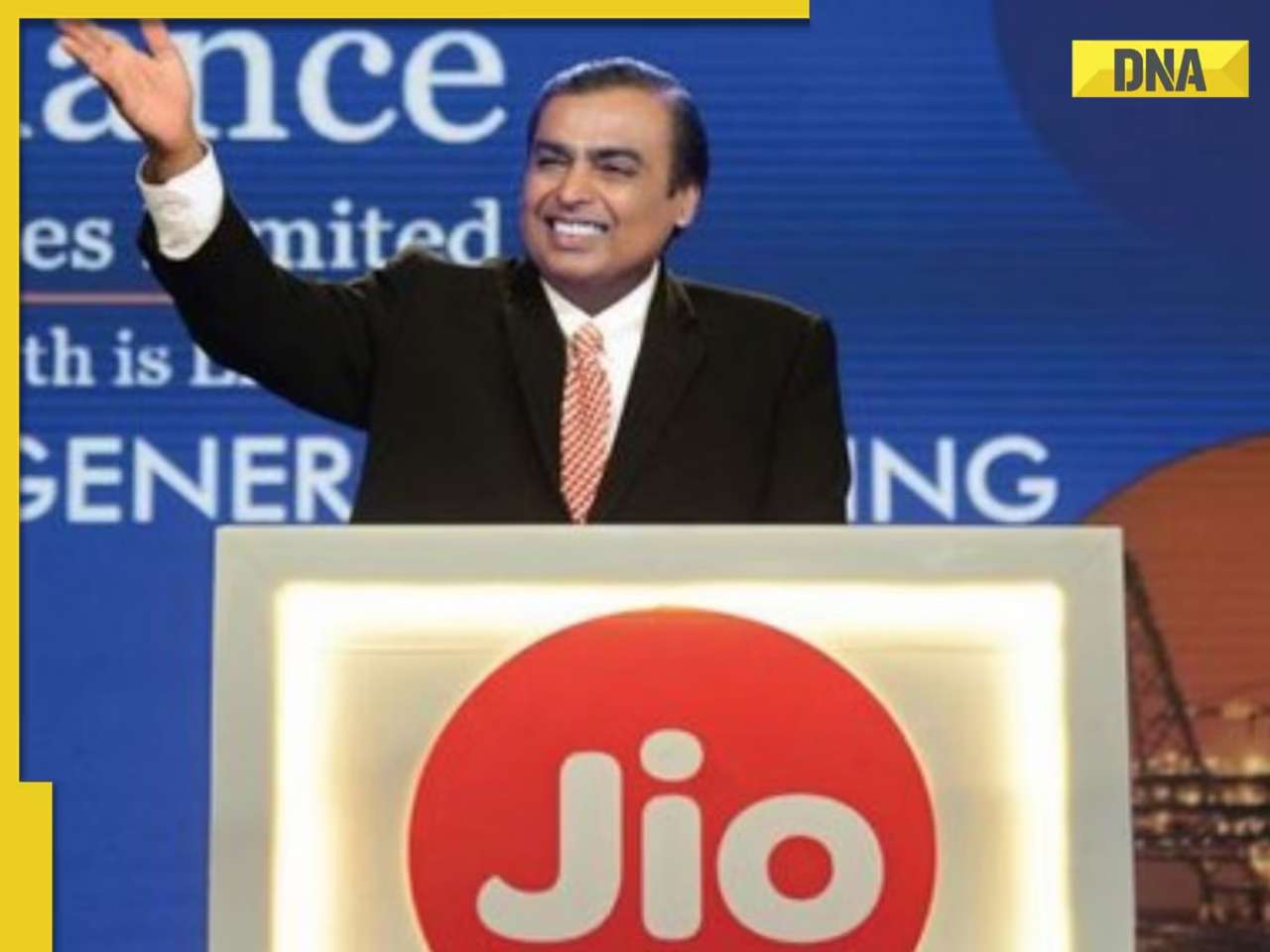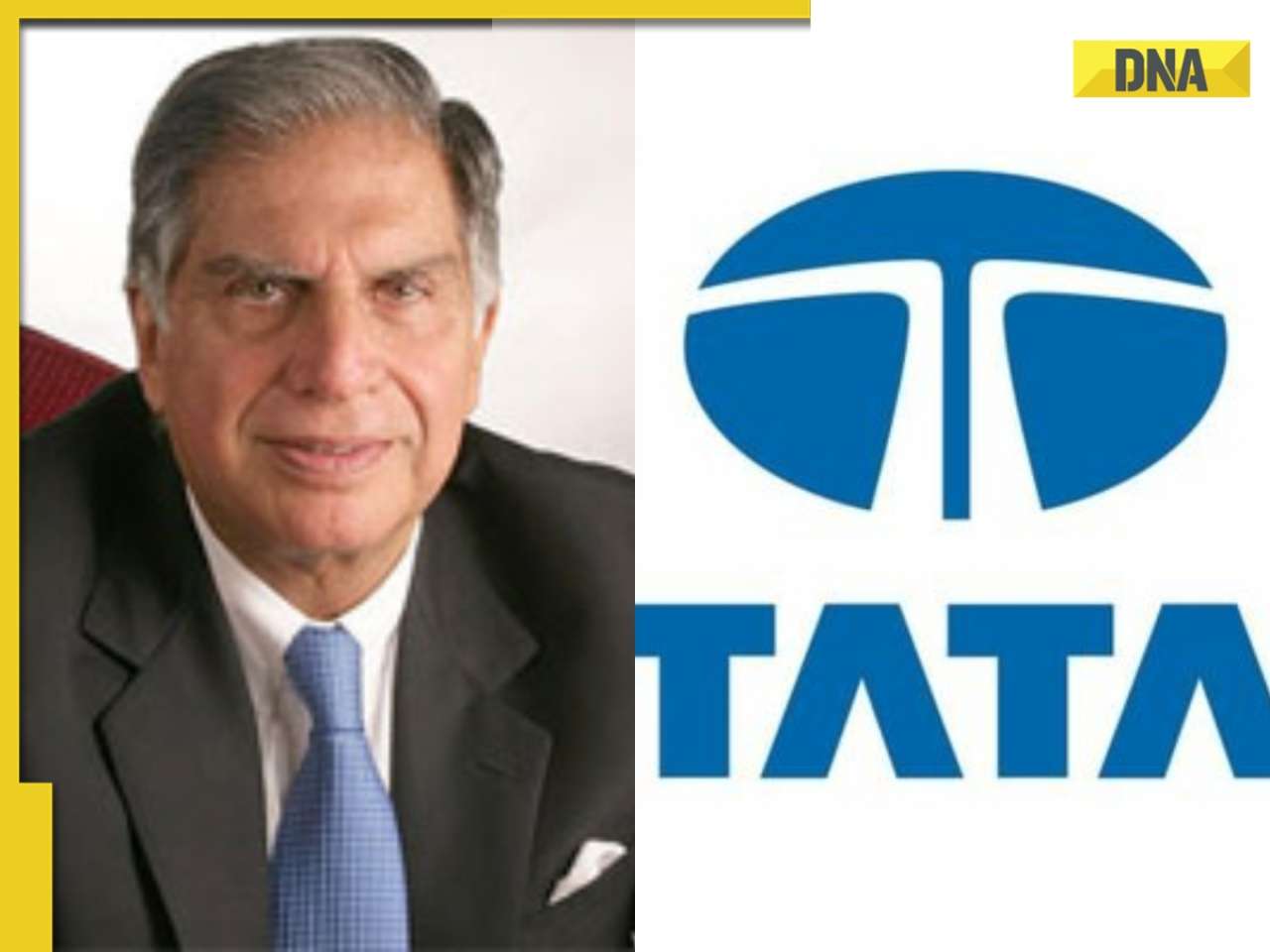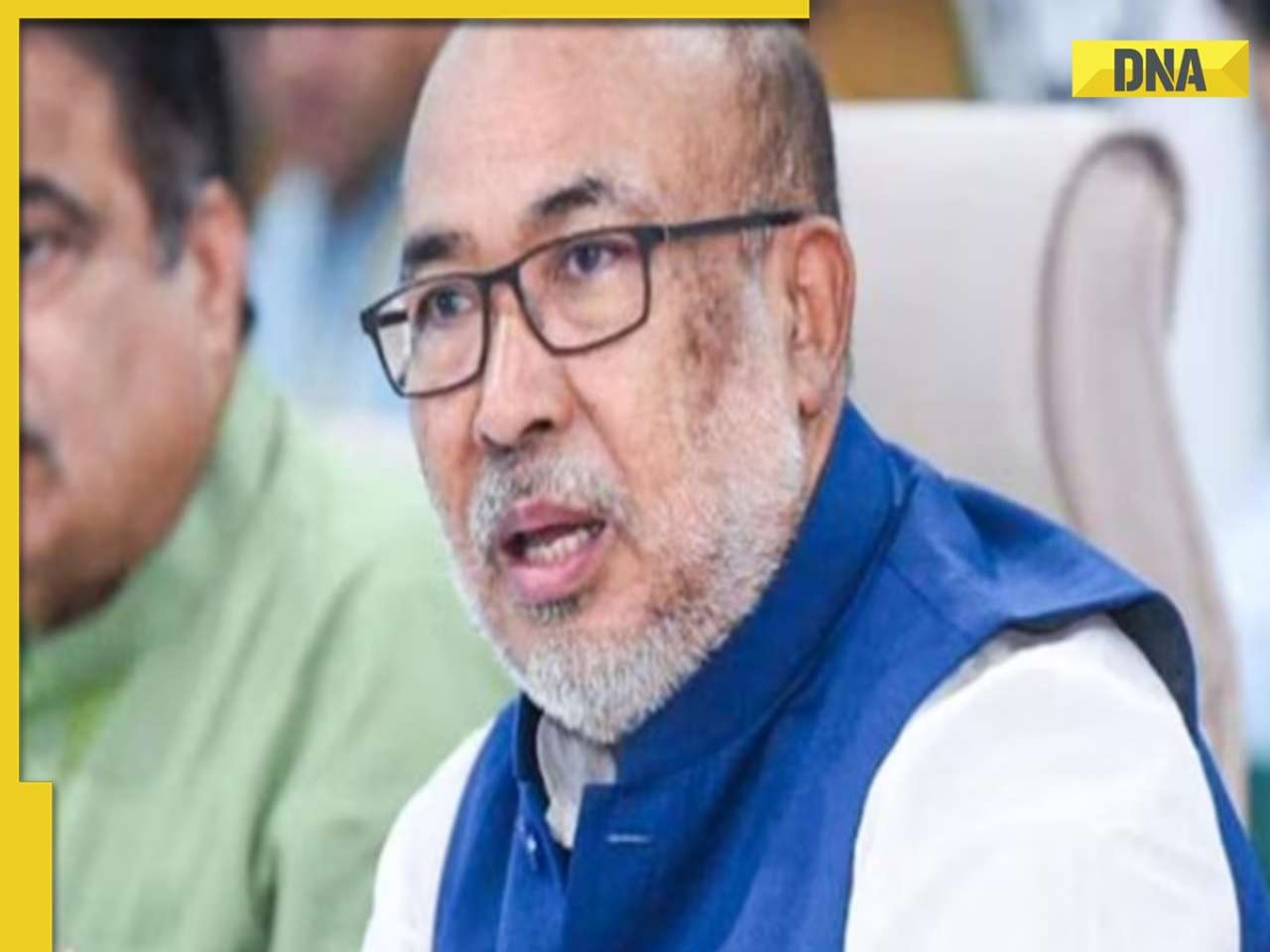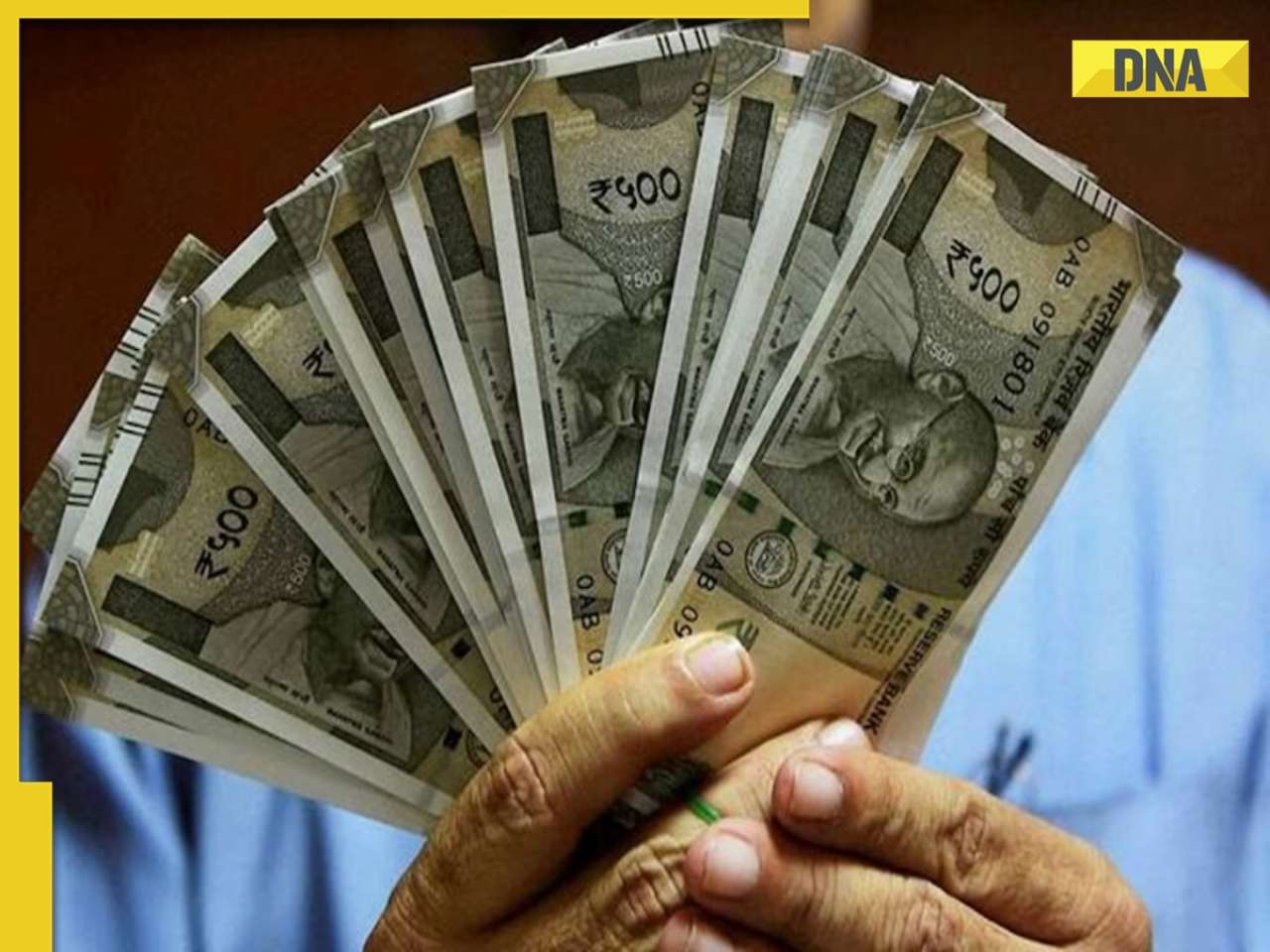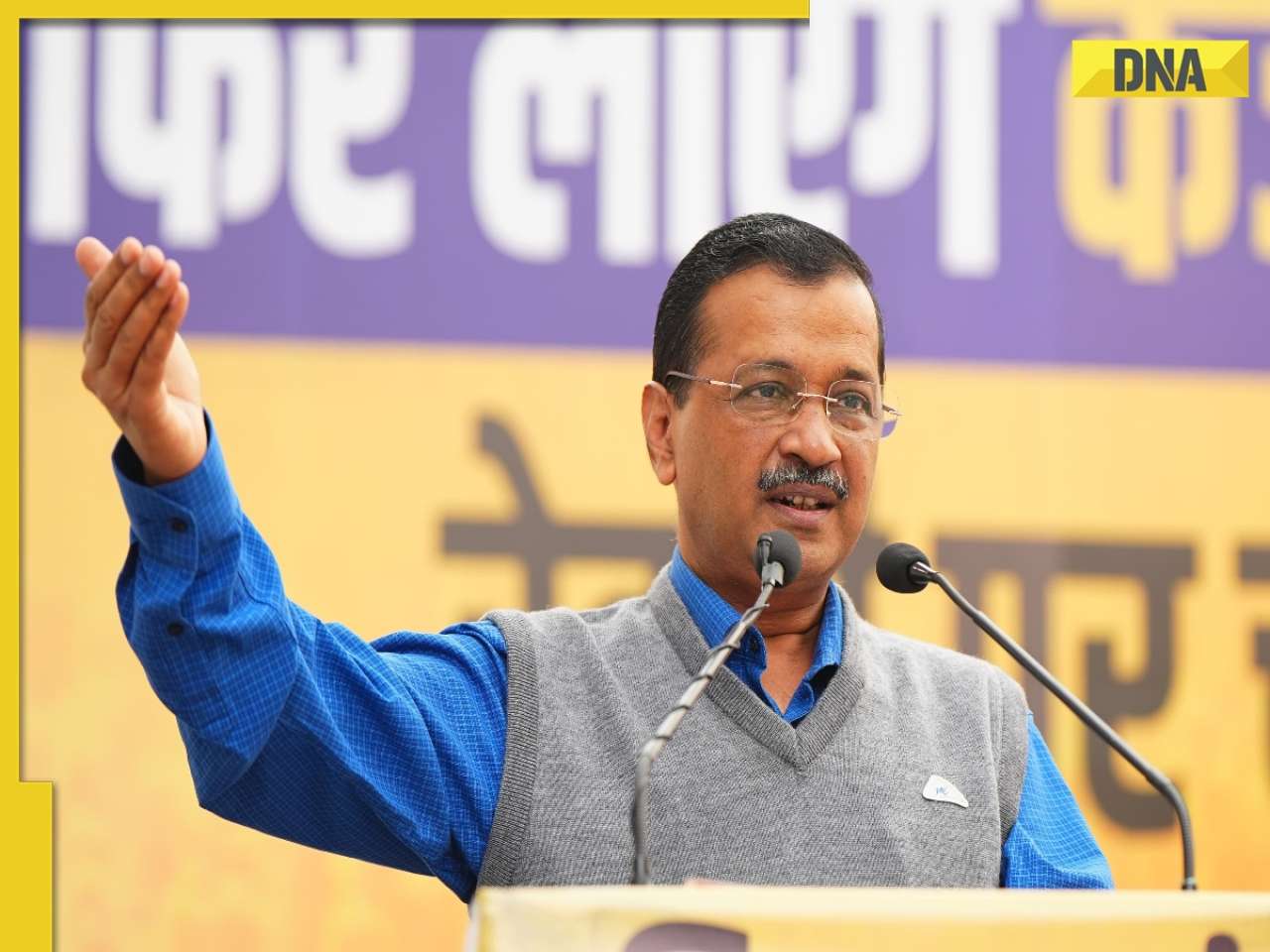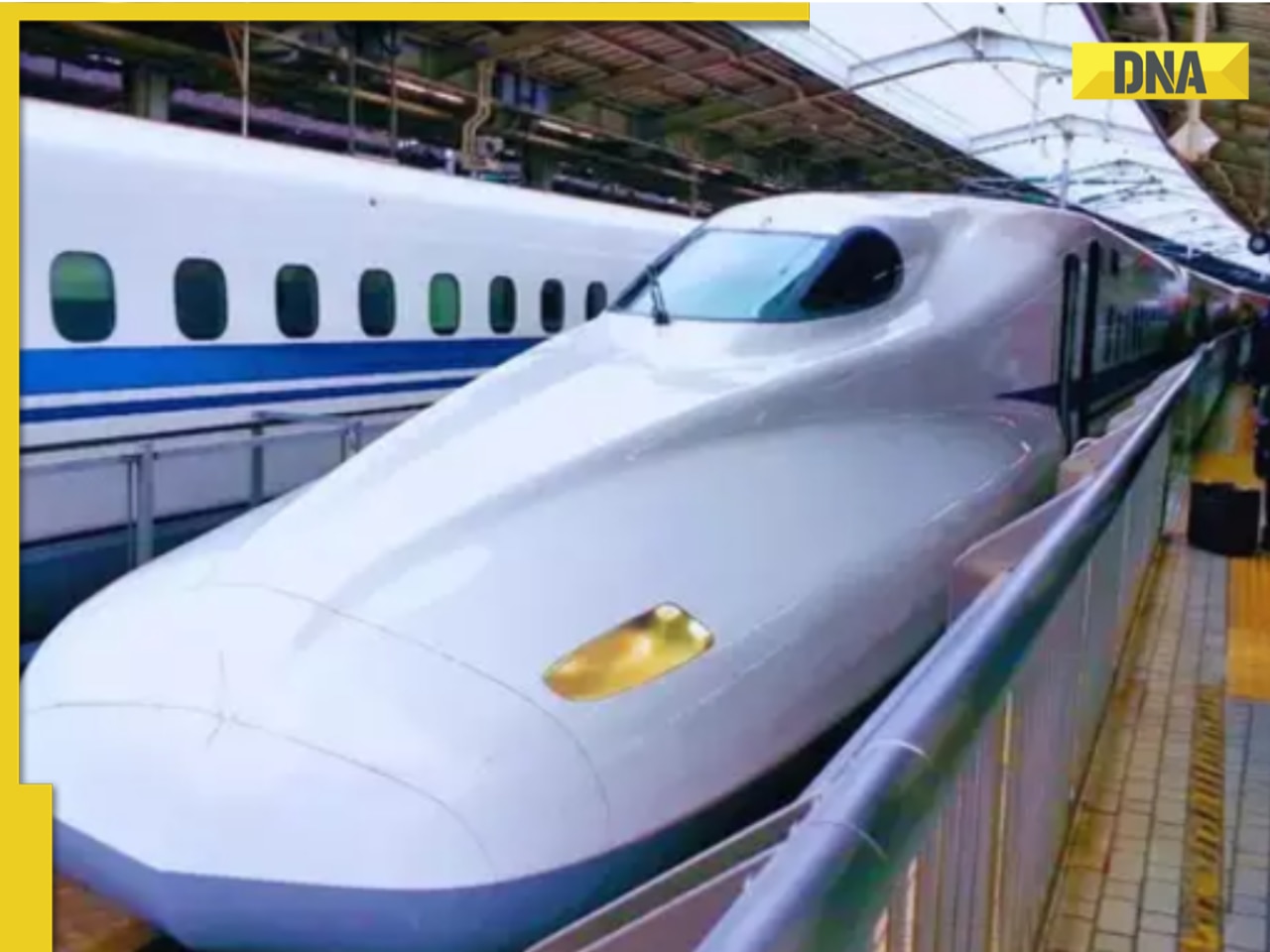- LATEST
- WEBSTORY
- TRENDING
BUSINESS
What’s caste got to do with business?
Capitalism is all inclusive. Or is it?
TRENDING NOW
Capitalism is all inclusive. Or is it? “Capitalism in India has evolved a long way since Independence and is fairly well-diversified today, not just in terms of production profile but also social base. Capital is not a privileged bastion of a few mercantile castes the way it was; its base has expanded to incorporate a wide spectrum of communities. However, this ‘inclusive capitalism’ has been more a feature of southern and, to some extent western India,” writes Harish Damodaran, in his book, India’s New Capitalists - Caste, Business, and Industry in a Modern Nation. He explains to Vivek Kaul the link castes/communities have had with Indian business over the years.
What were the reasons you got around to exploring the possible links between caste and business?
I have been reporting on commodities for the past 15 years or so, during the course of which I have had the opportunity to travel and visit mandis, sugar mills, dairies, etc.
What used to strike me most was the difference between the South and North. In the North, I used to see that all the owners of sugar mills, edible oil/solvent extraction units, dairies, etc were mostly either Banias or Khatris.
Take for example, sugar, where you have Bajaj Hindusthan, Balrampur Chini, K K Birla, Dhampur Sugar Mills, Dwarikesh Sugar and DCM Shriram Consolidated (all Bania-Marwari) and Triveni Engineering (Khatri). Similarly, take the big branded basmati rice players: India Gate and Shrilal Mahal (Bania), Daawat Kohinoor and Lal Qila (Khatri).
It is the case even with media: India Today-Aaj Tak (Khatri), Punjab Kesri (Khatri), Dainik Jagran, Dainik Bhaskar, Amar Ujala, Aaj, Zee Network (all Bania/Marwari).
The striking thing here is that all the owners of sugar mills, rice mills, edible oil units in the North are Banias or Khatris, whereas the farmers who grow sugarcane, mustard, paddy or wheat are all Jats, Yadavs, Gujjars, Bishnois, Kurmis, Koeris, Sainis, etc.
This was case surprisingly even in Punjab, where the so-called rich farmers are all Jat Sikhs, whereas the big players in industry in Ludhiana are all Khatris (the cycle majors — Hero, Atlas, Avon) or Banias (the various Oswal factions who control the knitwear business).
The above pattern does not apply in the South, where it is difficult to identify industry with any particular caste. Again take sugar: KCP and Andhra Sugars (Kamma), Sakthi, Dharani and Bannari Amman Sugars (Gounder), Rajshree Sugars (Naidu), Thiru Arooran Sugars (Mudaliar), GMR Industries (Komati), Gayatri Sugars (Reddy), Empee Sugars (Ezhava), Ponni Sugars and Ugar Sugar (Brahmin).
Similarly in the media business, we have Eenadu (Kamma), Daily Thanthi (Nadar), Malayala Manorama (Syrian Christian), The Hindu and Dinamalar (Brahmin), Deccan Chronicle-Andhra Bhoomi (Reddy), Deccan Herald-Prajavani (Idiga), Sun Network-Dinakaran (Isai Vellalar), Asianet (Nair) and TV-9 (Raju).
Simply put, what I saw was a diversity of ownership by caste in the South, unlike in the North where every industrialist is a Bania or Khatri. In the South, the farmer could be Gounder or a Kamma, as much an industrialist could be from these castes. All this set me thinking and, around mid-2004, I started researching and examining the database of BSE-listed companies to try and trace the caste origins of the promoters. I ended up creating a database of around 5,000 companies and all this eventually led to my writing the book.
Which castes/communities originally got into business in India in the nineteenth and the twentieth century? What were the reasons for their success?
The old merchant communities in India are the Gujarati Banias/Jains, Marwaris and other non-Gujarati Banias/Jains, Parsis, Nattukottai Chettiars, and the Lohanas and Bhatias of Kutch-Kathiawar-Sindh belt. The trading and banking networks of these communities have historically been spread out much beyond their home base.
One of the main reasons for the success of these communities was a mechanism for remitting large sums of money to remote corners of the country. This financial instrument was a very old Bania invention called the hundi. A hundi is akin to a bill of exchange.
Let me give you an example. A merchant from Vidharbha who brings raw cotton to Mumbai to sell, instead of taking payment in cash could decide to take a hundi of an equivalent amount drawn by the buyer of the cotton in his favour. This saved him from the risk of carrying cash during the journey back. Once he was back to Vidharbha he could present the hundi to the Mumbai buyer’s agent or correspondent there and collect his money.
What this system did was that it made possible the transfer of cash across the country without the need to physically carry it.
Over a period, hundi became much more than just a remittance facility. It became a credit instrument. The seller of cotton could use the hundi to take a loan by transferring it through endorsement to the lender. The lender would give the loan at a discount to the value of the hundi and when the loan became due, he could encash the hundi on par. To use modern legal, jargon, the hundi became what we call a ‘negotiable instrument’.
One community that business in India is associated with is the Marwaris. How do you explain the rise of the Marwaris?
The Marwaris were originally a group of Bania castes from Rajasthan. Besides being involved in money lending and trading, they acted as modis or army provision suppliers and bankers to the various Rajput princes. Building on this by the eighteenth century, Marwari banking firms established there presence outside Rajasthan as well and started financing numerous-cash strapped independent principalities that had risen on the ruins of the Mughal empire.
However, once the English East India Company started making inroads across India, these Marwari houses seamlessly switched sides. As the British rule expanded across India, so did the migration of Marwaris across the country. The commissioning of the railway line between Delhi to Kolkata in 1860 led to movement of the Marwaris eastwards all the way to Bangladesh and from there into Burma. Another large migration was to parts of Central India. The migration to Central India reached its peak during 1820-1860, when Malwa opium trade reached its peak.
By the middle of the nineteenth century, Marwaris were present all across India. This led to them becoming a truly networked group through the indigenous hundi as well as the British-built railways and telegraph. At this point in time, large multi branch trading firms run by the Marwaris also started to emerge. Some of the famous firms during that time were Tarachand Ghanshyamdas of Kolkatta, Sevaram Ramrikhdas of Mirzapur and Bansilal Abirchand of Nagpur. These firms were magnets attracting fellow Rajasthani clansmen and many of them were ancestors of today’s famous Marwari industrial houses.
Ghanshyam Das Birla’s grandfather, Shiv Narain, was a clerk in a Hyderabad trading firm and the grandfather of the steel tycoon L N Mittal worked with him.
The community that seems to have made the most of the British rule were the Parsis. How did that happen?
From the late seventeenth century, the Paris evolved a very good working relationship with the British. At that point most Paris lived in the Surat-Navsari stretch of southern Gujarat and worked there as agriculturalists, artisans, small-time coastal traders and shipbuilders. They were not a part of Hindu or the Muslim mainstream. Other than this, they had been exposed to commercial influences because they lived very close to the ports of Bharuch, Daman and Surat. Therefore, to the British, they seemed like an ideal recruitment as native brokers, agents and shippers.
In 1735, Lowji Nusserwanji Wadia, a shipbuilder from Surat was invited to set up a dock in Mazagon. For the next 200 years, nearly seven generation of Wadias, built around 400 ships in Mazagon and Bombay dockyards.
In fact, the rise of Mumbai is very intimately linked to the Parsi migration to Mumbai.
Almost as a part of a deliberate settlement policy, by 1800 the community owned half of the city and was even known to rent out property to Europeans. The Parsis also gained tremendously when the East India Company opened up the Chinese market for opium and cotton, in order to pay for the tea exported to Britain. In fact, a number of Parsis were even imprisoned by the Chinese authorities in the Opium War of 1839-1842.
However, unlike the Marwaris, the Parsis were direct participants in export trade as shippers. Take the case of Jamsetjee Jejeebhoy. He used to send opium and cotton from Mumbai and Kolkotta to Canton, export Chinese tea and silk from there to London, and then reroute funds from China to India by importing textile and iron goods from Britain.
However, over the years, the importance of Parsis as a business community has diminished. This is primarily because of Anglicisation and the thrust of economic activity shifting from foreign trade to producing for the domestic market.
Brahmins in the western and southern part of the country have been fairly successful despite coming from a non business background. What are the reasons for that?
In 1713, the beleaguered Maratha King Shahu appointed Balaji Vishwanath Bhat as his peshwa (prime minister). This led to the family of this Chitpavan Brahmins from Konkan becoming the defacto rulers. Over time, Chitpavan Brahmins became the biggest moneylenders in the western part of the country. They accumulated capital by financing the empire and supplying stores and munitions for its war machine. However, all this came to an end when the last peshwa Baji Rao II was defeated in the third Anglo Maratha War of 1818. This was a setback for Brahmin enterprise in Western India and the Brahmins were nowhere to be seen when the Mumbai started to develop as India’s commercial capital.
Having said that, the community retained its grip over education and bureaucracy. Take the case of Ranchhodlal Chhotolal, a Gujarati Nagar Brahmin from Ahmedabad. During his stint in the government, he conceived the idea of starting a textile mill. However, it took him almost ten years to realise his dream. The problem came while arranging the finances for the venture.
The Ahmedabad Spinning and Weaving Company was finally registered in August 1858, just four years after a Parsi, Cowasji Nanabhai Davar, floated the first Indian owned mill at Mumbai. Towards the end of the nineteenth century, Ahmedabad had 25 mills, though 21 mills were controlled by Banias and Jains.
Just as was the case in the west, in the south too, Brahmins had a head start on education - particularly English education, the master key for opening the doors to the professions and service appointments.
The Tamil Brahmins’ entry into the industry happened in the 1920s. Take the case of T V Sundaram Iyengar, whose group has become a veritable metaphor for Tambram capital. He had a middle class background and in 1908 he invested Rs 25,000 he inherited as share in ancestral property in timber trading. Profits he made on this were deployed four years later to launch a bus service in Madurai. In 1923, TV Sundaram Iyengar and sons was incorporated with its business centred around the sale and servicing of automobiles. Starting from this, over the years the group has started a series of auto-parts making companies like Sundaram Clayton, Sundaram Fastners, Sundaram Brake Linings etc.
Some of the communities/castes that get into the business first taste big money through agriculture and then deploy the money into business. Given this, why haven’t we seen the Jats (Sikhs and Hindus), the biggest farming community in northern India, get into business big time? Why does business in north India continue to be dominated by Banias and Khatris?
Yes, this is indeed a big mystery. My research shows that the only two big Jat industrialists we have in this country are KP Singh of DLF and Sameer Gahlaut of India Bulls. The main reason for this, I believe, is the fact that in the North, the Bania always had a ubiquitous presence right from the level of the village grocer-cum-moneylender to the arhthia in the mandi, the big city financier, and the factory owner. This was a network very difficult to break into, even if you are a big farmer.
My theory about Khalistan is that it was a product of the Jat Sikh farmer’s frustration — his inability to break into a field dominated by Banias and Khatris. It led then to demands for a separate Khalistan state, which they felt would enable them to make the transition from farm to boardroom.
In the South, there was no equivalent of a Bania caste. The Chettiars were mostly moneylenders and who actually preferred to venture out to Burma, Malaysia and Sri Lanka. So, there was always this ‘Vaishya vacuum’ that could be filled by any enterprising community. This absence of strong entry barriers, therefore, facilitated the entry of several industrialists from non-traditional business communities — including not just the Gounders and the Kammas, but even Brahmins. There was also an additional factor: access to education, in turn, facilitated by reservations/social justice movements right from the early twentieth century. As a result, communities such as the Kammas, Naidus, Ezhavas and Nadars were able to take advantage of educational opportunities, unlike the Jats or Yadavs who remained educationally backward until recently.
In a way, it can be said that the South and West got ‘mandalised’ even before Mandal and this, on hindsight, was not a bad thing at all. It also helped in another way: the Brahmins, for example, realised earlier on that they had no guarantee of government jobs. So while affirmative action by the state provided a ‘pull’ for farming and other backward communities, it also gave a ‘push’ to Brahmins and other upper castes to look for avenues beyond government jobs. And many of them turned entrepreneurs.
k_vivek@dnaindia.net








)
)
)
)
)
)
)
)
)
)
)
)
)
)
)








